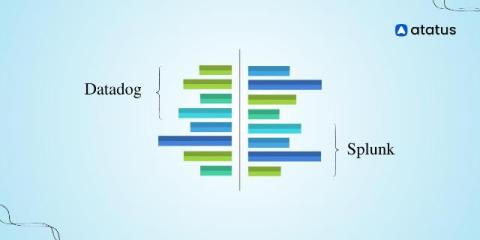NiCE IT Management Solutions | Transforming IT Performance with Innovative Solutions
Discover NiCE in just under 5 minutes! Learn how we solve key challenges and deliver innovative solutions that drive success. Our video highlights who we are, what we do, and how we help businesses thrive. Watch now to see how NiCE can transform your IT performance and operations with cutting-edge solutions tailored to your needs.











